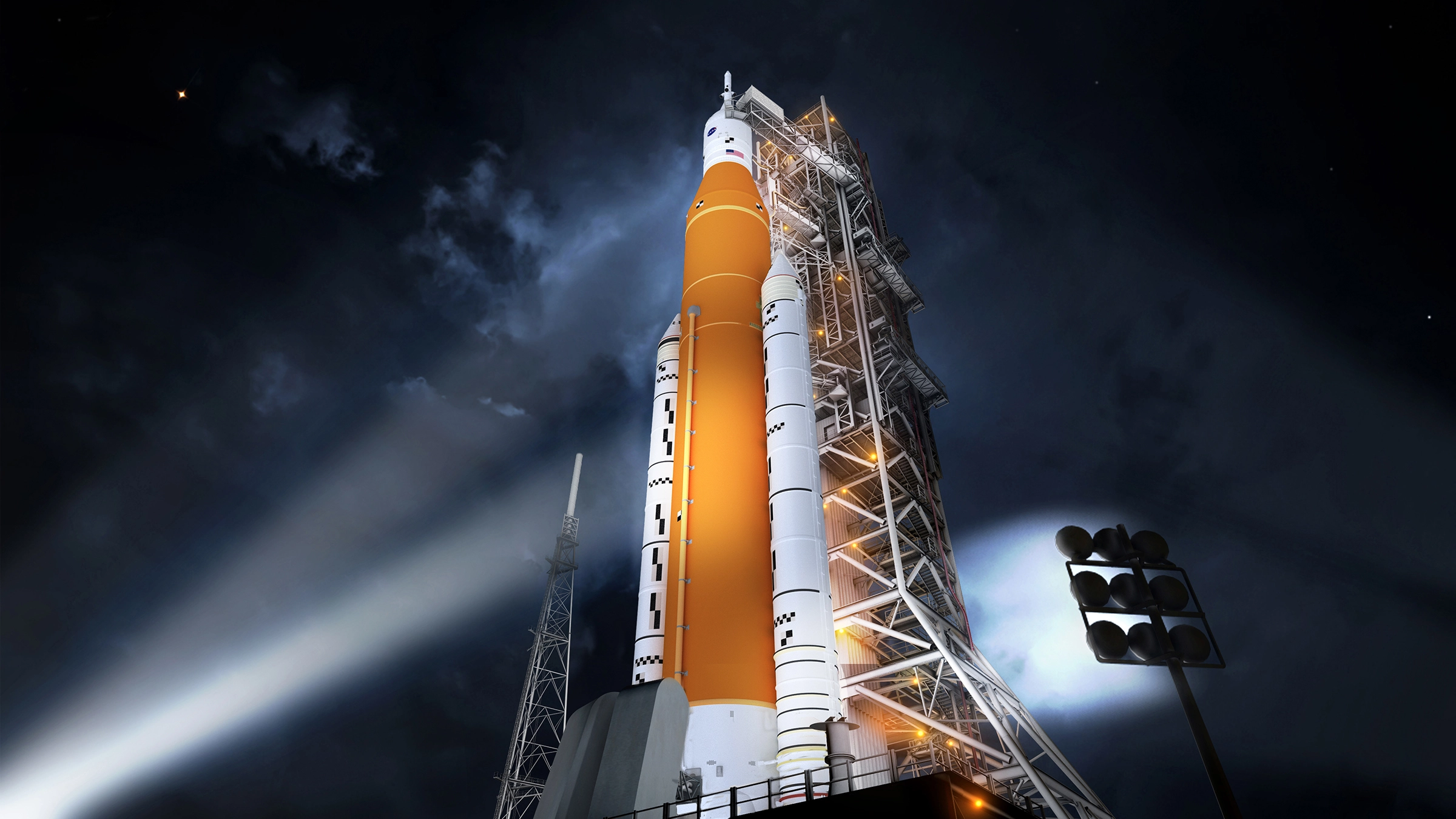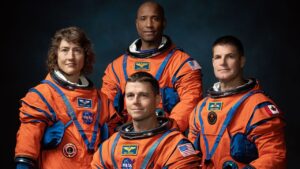by Samuel Andrade
NASA is planning to launch a rocket known as Artemis 1 to the moon. The rocket which is known as the Space Launch System (SLS) is one of the most powerful rockets that NASA has ever built.
While there will be no human passengers on the rocket, there will be human models known as mannequins aboard the rocket. They are made of plastic that is made to imitate human tissue and has sensors to detect radiation.
Artemis 1 was previously postponed from a September 23rd launch date to a launch no earlier than September 27th. This was due to a troubling liquid hydrogen fuel system that still needs to be tested. The launch date is currently tentative and could be changed.
The most important thing to realize is that the Artemis program is one of the first initiatives to get people on the moon in over 50 years. It represents the next generation of moon missions, and it is preparing to get human people on the moon in a couple of years.
The research done on Artemis I and knowledge gained from the Artemis I mission would be applied to further Artemis missions and will pave the way for people of color and women to land on the moon for the first time.
Artemis 1 is also helping in a more ambitious journey, a human mission to Mars. Nothing is set in stone, but if all goes well, NASA might be able to launch a mission to Mars sometime in the future.
While Artemis I might just be a mission to get people on the moon, the longer-term goal of the mission is very different would be to acquire lunar resources and develop a lunar economy. This could lead to a new space race between countries wanting to acquire lunar resources and develop their own lunar economies.
Arya Bose, a science enthusiast from Irvington High School says that “In my opinion, the moon landing will be very important and have great value.”
The moon landing has the potential to change our lives and students at Irvington High School should be on the lookout for more news regarding the landing.






Be First to Comment